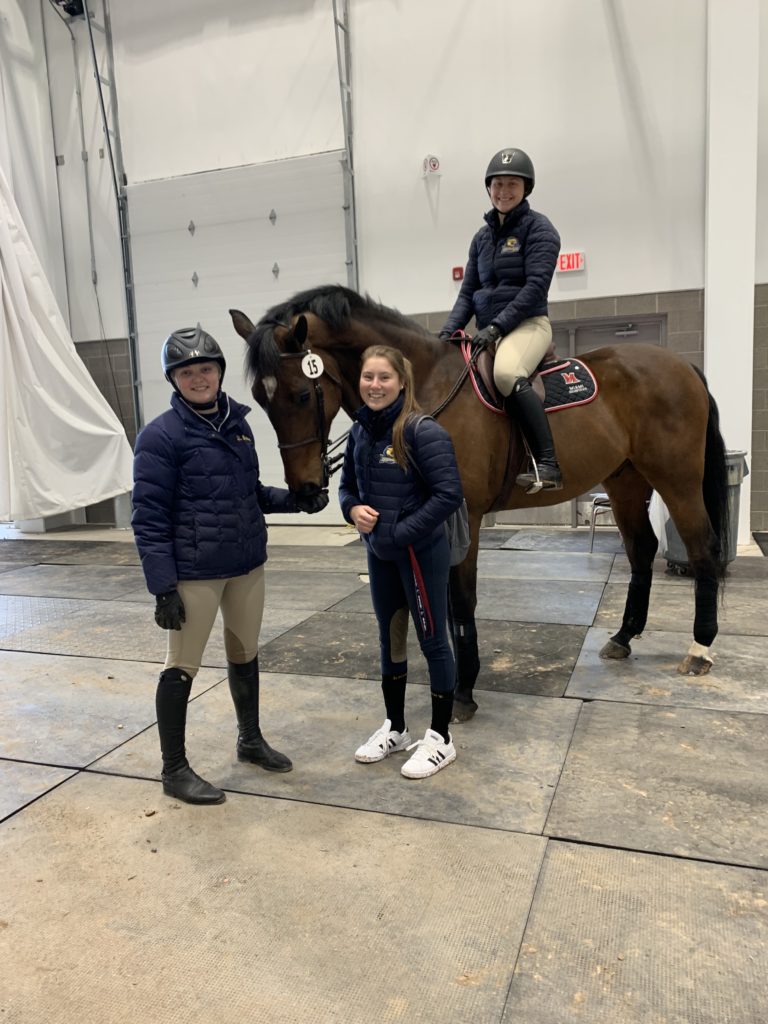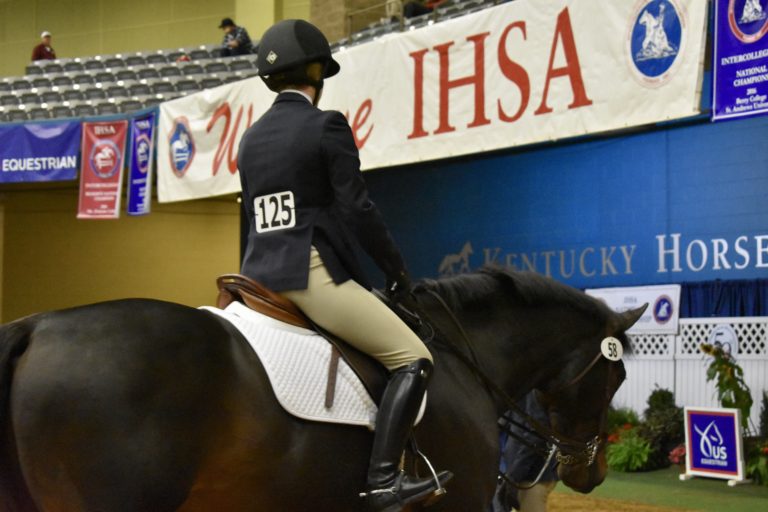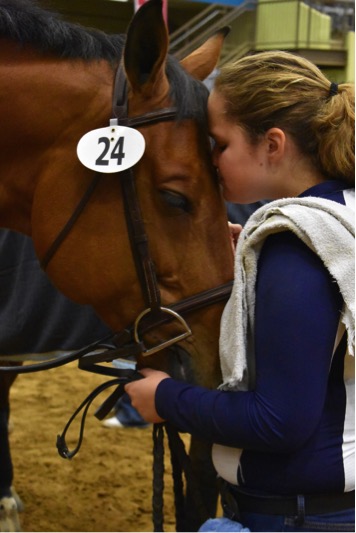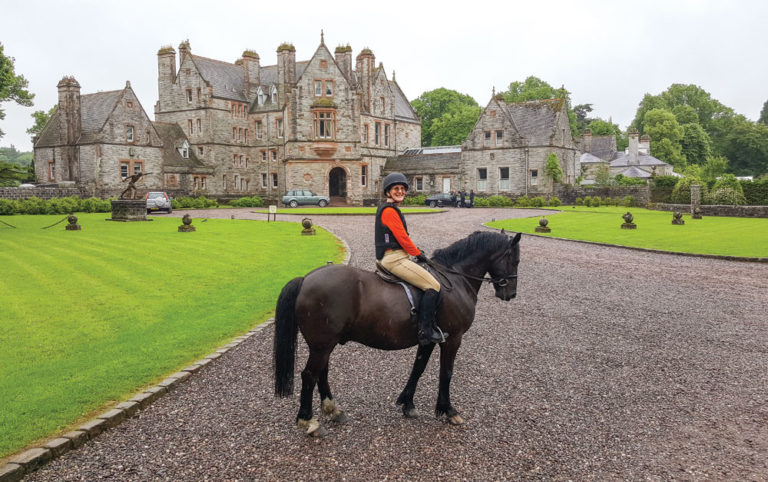To avoid the heat and pounding sun this weekend, I opted to ride in the indoor arena. As we walked around, though, I could feel Merlot tense up. The large door at one end of the indoor had recently been slid open to let in a breeze, and like many horses, Merlot tends to overreact to any change in his environment. (Clearly the boogey man had opened the door, and I hadn’t gotten the memo.) It didn’t help that just outside the open door, a group of horses were playing in a nearby pasture, and Merlot really, really wanted to watch. Also, shortly after we arrived, one of the trainers started to longe a horse at the other end of the ring. Let’s just say the horse was being a little “dramatic,” which also caught Merlot’s attention. Merlot finally settled at the walk, but as soon as I picked up the trot, he put his head in the air in a good imitation of a giraffe and started to jig. I brought him back down to the walk, but every time I picked up the trot, the jig returned?and it was escalating. I’ve owned him long enough to know that he wasn’t just being naughty?for whatever reason he was heading toward frantic. It was like he just couldn’t control himself and had mentally checked out. Now what, I thought? Then I remembered something dressage rider Katherine Bateson-Chandler discusses in the upcoming September issue. In her article about how to develop a “happy athlete,”? she says you need to be the boss of your horse, adding that, “You have to be loving, and your horse has to trust you and look to you, but you also have to be firm, clear and consistent.” I know this is true, but sometimes I forget about it in my efforts to maintain the partnership I have with Merlot and the relaxation that is the foundation of the German Training Scale. So while I usually try to start out my rides with a soft rein and on large circles, I eschewed those methods and instead took a firm feel of the reins and bent Merlot away from the open door. Then I asked him to trot in small circles and figure eights. He tried to put his head up and jig, but after a little bit of work, he dropped his head, and his trot smoothed out a bit. Every time his mind (and body) started to wander, I’d take a firmer feel, change direction and say, “I’m in charge. Listen to me.” Slowly, I felt his mind refocus more on me. Inch by inch, I was able to soften my contact and made the figures a little bigger. I’d love to say we finished the ride in a fluid, relaxed state, but we didn’t. I was pretty much on my guard the entire ride and telling him what to do every step of the way. We did, however, end in a better place than we began. Merlot was calmer and more focused?like his brain had checked back in again. Back on the cross-ties, he let out a sigh and nuzzled me a little as I groomed him. Maybe he was just happy the ride was over, but I like to think he also was saying, “Thank goodness you were in charge in there.”











